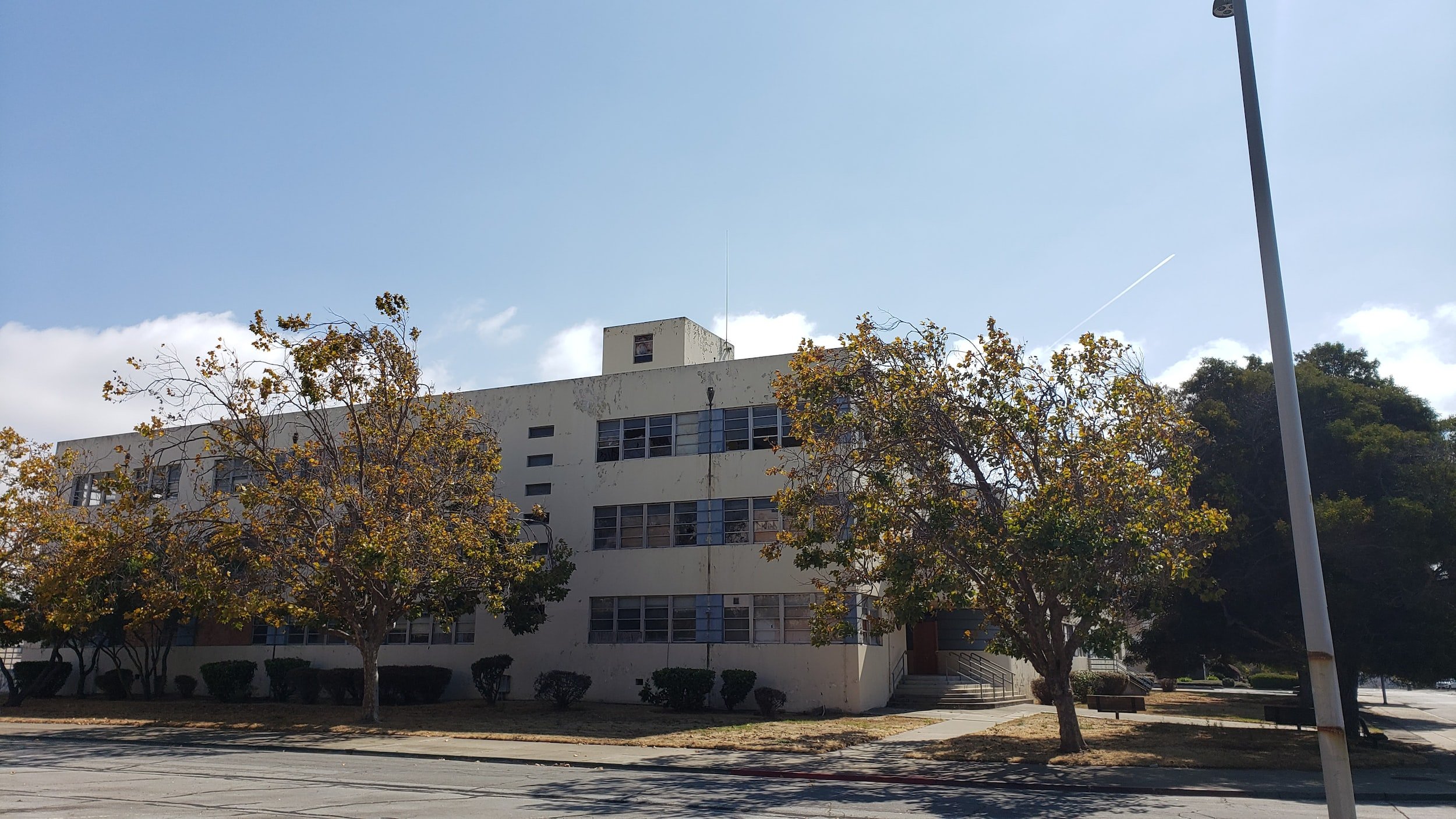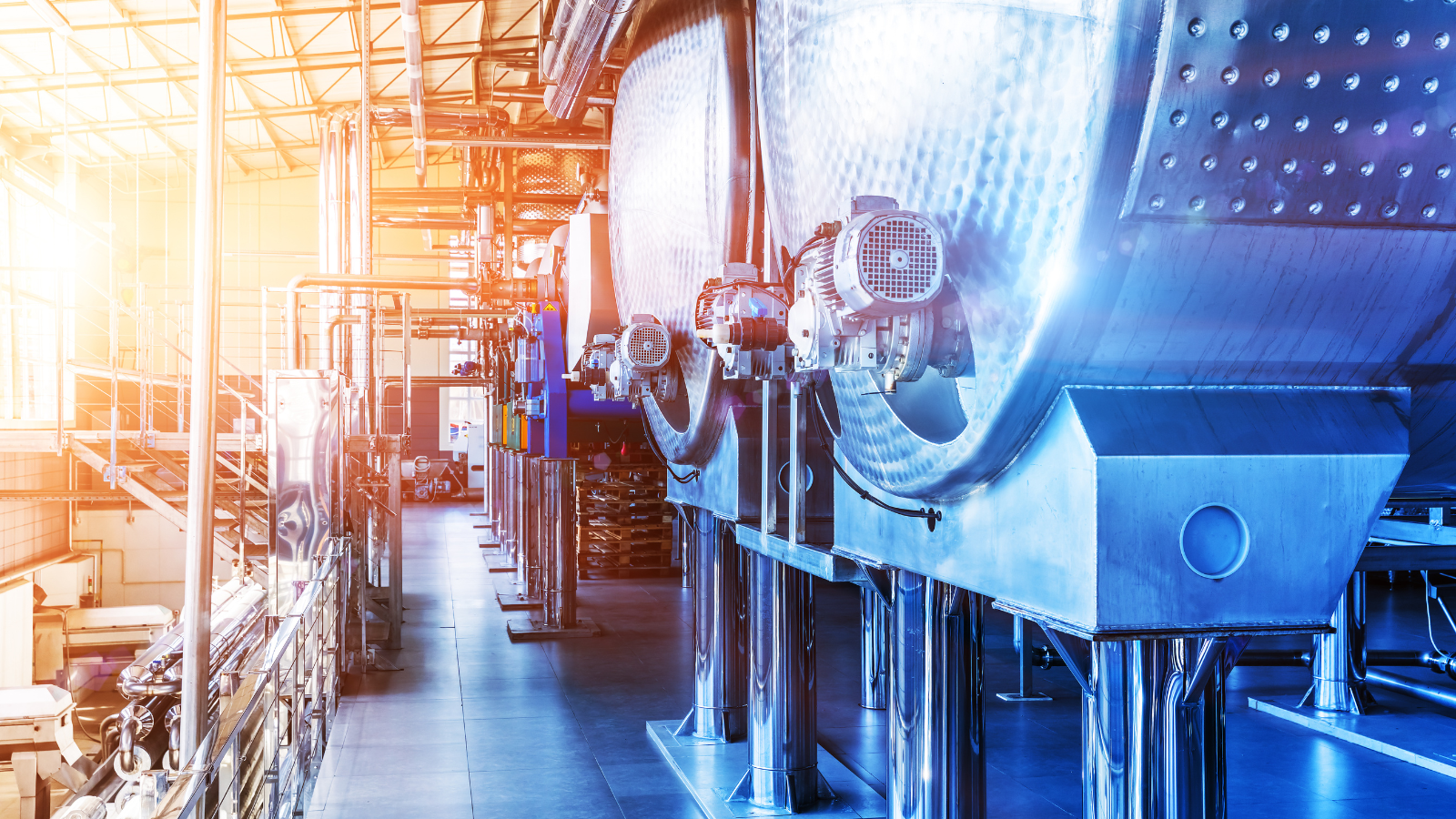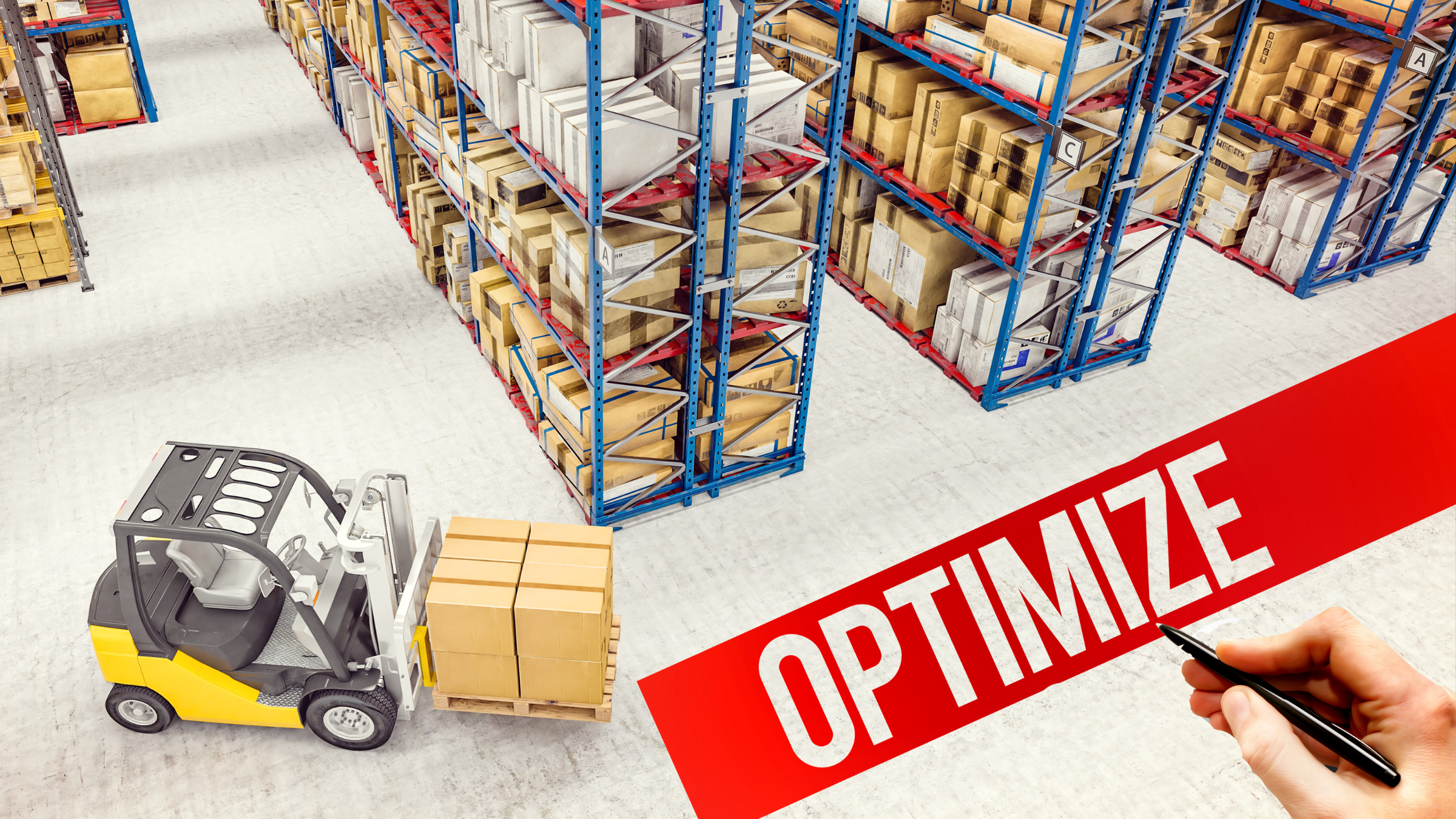China’s ports are looking to robots to save the day
🤖 China’s ports are looking to robots to save the day.
Covid disruptions certainly slowed down operations at Chinese ports, but the industry is looking to implement for robotic technology to make up for the lost time. Some examples include Automated Guided Vehicles (AGVs - used to transport containers within ports, reducing the need for human labor and increasing efficiency), autonomous cranes and vehicles, inspection robots, drones, and Robotics Process Automation (RPA - automate repetitive, labor-intensive tasks such as data entry and paperwork processing, reducing human error and increasing efficiency). These technologies are being implemented to increase the efficiency and productivity of ports, reduce labor costs, and improve safety.
The European Space Agency (ESA) is launching a competition to develop a robotic cargo capsule for missions to the International Space Station (ISS).
The United States and China, along with 27 other countries and the EU, have signed the Bletchley Park Declaration on AI during a two-day AI Safety Summit held in the UK.
New advances in computer vision are improving worker safety by addressing the deficiencies that have hindered robotic automation in taking over dangerous tasks for workers.
Amazon has opened its first robotics fulfillment center in Detroit, covering 823,000 square feet and employing over 1,200 workers.
Kodiak Robotics is leading the pilot of the Commercial Vehicle Safety Alliance's new protocol for autonomous trucks called the Enhanced Commercial Motor Vehicle Inspection Standard program.
Investment in warehouse automation and management systems is on the rise as supply chains seek to address vulnerabilities and enhance resilience.
Experts from leading companies such as ServiceNow, Fannie Mae, Fujitsu, and Enable have expressed the view that AI is not yet mature enough to bring about a revolution in procurement.
While the automotive and logistics industries have embraced automation, there are other sectors that offer potential investment opportunities for automation companies.
Serve Robotics and Uber Eats' partnership significantly advances the widespread adoption of autonomous delivery robots.
Robotic technology is revolutionizing various aspects of the grocery sector, including inventory management, order fulfillment, and customer service.
Zipline, a drone company, is expanding its customer base for its Platform 2 technology, which focuses on last-mile delivery.
The development of robot sidewalk delivery by Amazon and FedEx has been in its early stages for years, even gaining some notoriety on late-night talk shows in 2019.
One of the busiest cities in the country is planning to revolutionize transportation by introducing driverless taxis.
Dubbed “self-operating warehouses”, the logistics service provider is expanding its technology to North America with the goal of optimizing inventory and storage for retailers.
While there are many benefits to using robots in the workplace, it is important to recognize that robots cannot completely replace human workers.
Founded in 2014 and headquartered in Foster City, California, Zoox's vehicles are designed to be fully autonomous, with no driver or passengers, and can operate in both urban and suburban environments.
Robots and humans - we need to work together. Robotics need a proper human labor management system to operate effectively in the supply chain logistics industry for a number of reasons.
Despite rising interest rates and a (possibly?) looming recession, the manufacturing sector is ready to invest in new equipment and technology to improve its operations this year.
In 2022, Artificial Intelligence made some serious progress.
Artificial intelligence (AI) has the potential to bring significant benefits to supply chains by improving efficiency, reducing costs, and increasing accuracy and reliability.
Automation can be used to improve various aspects of warehouse operations, including order picking, packing, and shipping.
United States safety regulators at The National Highway Traffic Safety Administration (NHTSA) are launching a formal probe into the automaker’s autonomous driving system in its self-driving vehicle, Cruise.
There is a desperate need growing on a global scale for trusted artificial intelligence as data responsibility comes to the forefront of consumer concerns.
The International Federation of Robotics is reporting that 500,000 robots were installed globally in 2021 alone, a new record-breaking pace.
It’s no secret that the manufacturing and warehousing floors are some of the most dangerous places for workers to be in, often full of machinery and confusing layouts.
United Natural Foods (UNFI), a food wholesale company, is inserting an end-to-end automation technology system into five of its distribution centers over the next five years.
The age of robotics has officially begun. What’s been dubbed ‘The Great Resignation’ resulted in a massive labor shortage after workers left their positions by the millions.
Bengt Turner, CEO of Locanis, spoke with Logistics Technologies in an exclusive interview - diving into the Germany-based company’s plans to optimize its offices and warehouses internationally.
The popular truck stop operator Pilot Flying J has officially invested in the AI-focuses vehicle manufacturer Kodiak Robotics in a bid to begin accommodating self-driving trucks at its locations in the future.































Elon Musk is not too thrilled about a recent report that indirectly hinted at one of his beloved robots being involved in an incident at Tesla's Austin, Texas factory two years back